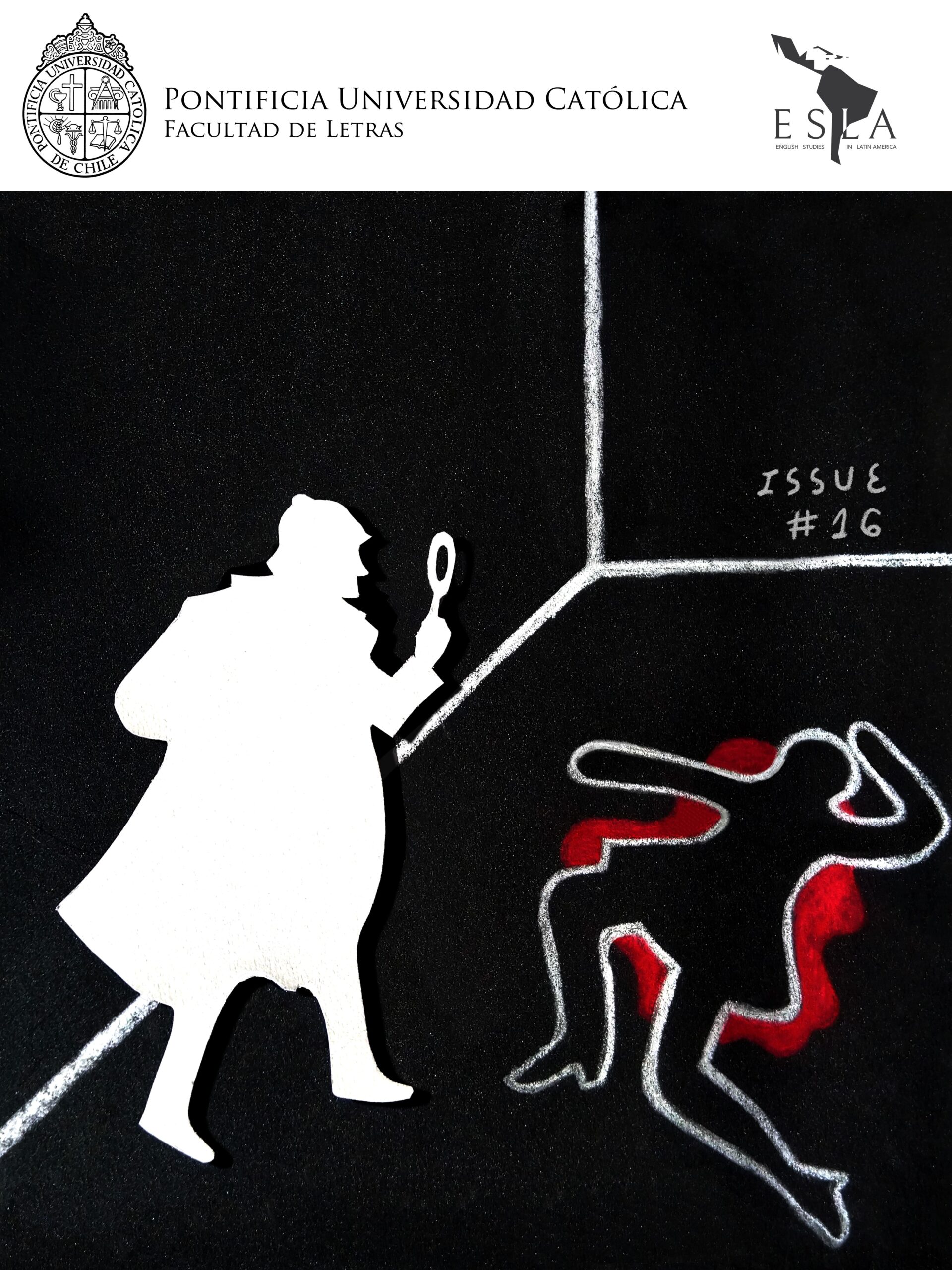Agatha Christie’s The Mousetrap: Adaptation and the Repeat (Murder) Performance
DOI:
https://doi.org/10.7764/ESLA.61161Keywords:
detective fiction, Agatha Christie, adaptation, reception theoriesAbstract
With little attention from the academic and critical world, Agatha Christie is considered to be one of the most popular authors in detective fiction. Possessing a recognizable style and admirably prolific, this paper will focus on her work as playwright and adapter of her own pieces. The works analysed are the short story “Three Blind Mice” and its transposition as a play for the stage The Mousetrap. Different concepts from reception and reading theories used commonly in the analysis of the formulae underlying detective fiction will be utilised in conjunction with notions of theatricality and the perception and reception of the stage, in order to understand the different effects and construction of both texts. Through the discussion of both short story and play, The Mousetrap is analysed considering its popularity and its belonging to the dramatic genre, hence performative, visual and aural. This will allow for a further understanding of Christie’s style and her rarely discussed expertise when it comes to crafting a play and a piece of detective fiction.
Downloads
Published
Issue
Section
License

This work is licensed under a Creative Commons Attribution-NonCommercial-NoDerivatives 4.0 International License.


